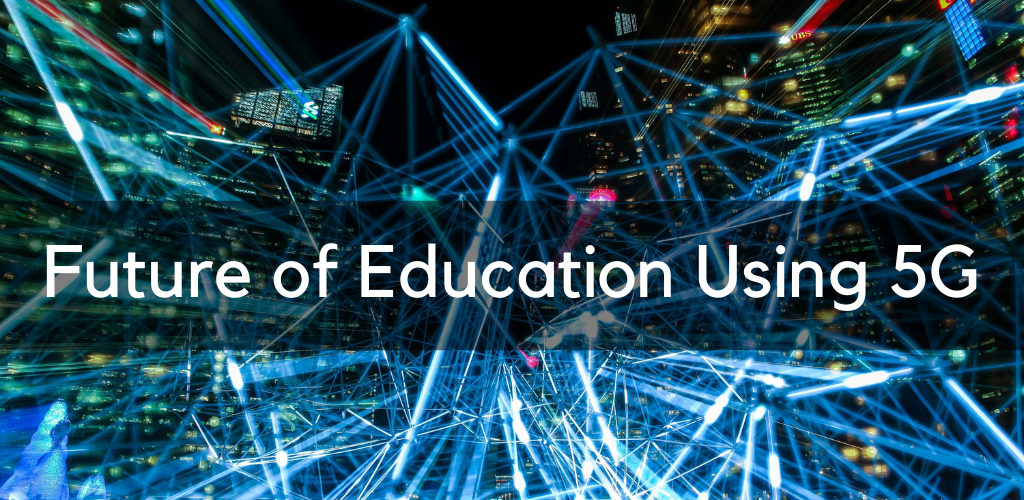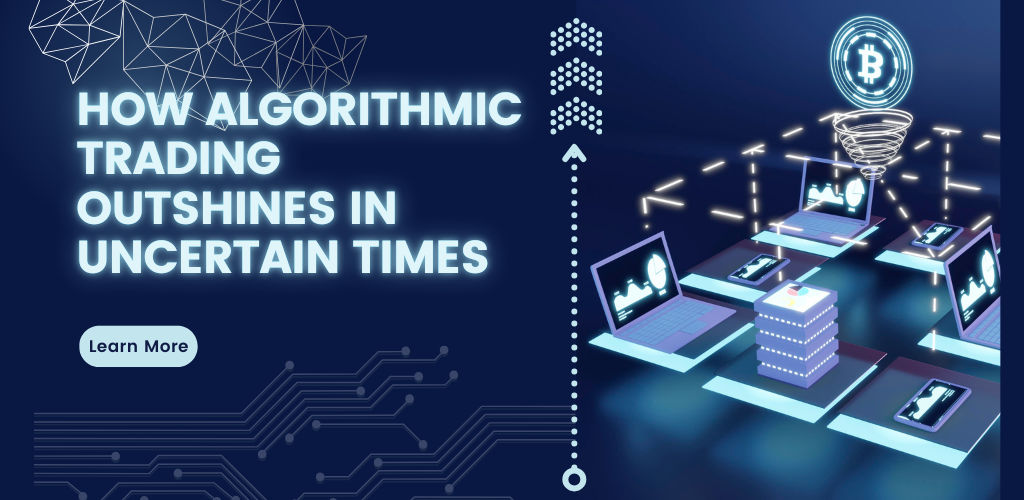Introducing 5G in educational institutions will not only revolutionize the way educators teach but will also take the learnings to exciting levels.

The Union Cabinet chaired by Prime Minister Narendra Modi has approved spectrum pricing for 5G auctions. The spectrum auction will commence on July 26, 2022, and will be launched within a few months. Prime Minister Narendra Modi called for a speedy rollout of 5G services and urged the government and industry to collaborate on the project, estimating that the service will bring $450 billion to the Indian economy over the next 15 years through economic growth and job creation.
From the traditional method of teaching and learning, most classrooms have adopted the virtual form of learning but faced many technological gaps. The advancement in technology and the introduction of 5G in schools, colleges, and universities will pace the growth and development of young minds. With over 250 million students, India has one of the world's largest education systems. Since more than a quarter of the population is between the ages of 5 and 14, thus necessitating a well-developed educational system to robust the future workforce. According to an estimate, 5G will create new job opportunities for almost 5 crore Indian youths in various sectors like the construction sector, I.T. sector, and Cyber sector. Introducing 5G in educational institutions will not only revolutionize the way educators teach but will also take the learning to exciting levels which include Digital Universities in India.
5G or fifth generation will provide increased speed and responsiveness of wireless networks to a great extent. It will also provide a high band spectrum and thus minimal latency and interference, which will allow educational delivery to be smoother, faster, and more reliable. With the potential to boost online learning, 5G can provide a new route for many disadvantaged sections and women of society to access and continue learning beyond the four walls of the classroom. 5G also has the ability to bring some of the most exciting educational advances to the world. Here are a few possibilities to explore.
Improved Quality & Interaction Between Educators & Students
With 5G, video conferencing platforms like Learning Management System, Zoom, Google meet; etc will improve both reliability and quality around the globe. Thus even in remote settings, instead of waiting for programs to load, and consuming hours to download educational stuff, more time will be spent connecting educators and learners. Teachers will save time by not having to deal with connectivity issues or interruptions in audio and video connections, which will allow them to focus on the students. Students will also be able to download videos and learning materials more quickly, without experiencing any delay.
Personalized & Flexible Learning
The use of 5G in education will improve personalization by understanding the unique needs of each student and creating targeted learning journeys. Fast internet speed will help both educators and students across the globe to avail the best education in the luxury of their homes. Since every single child has a unique way of learning and grasping things, 5G provides an upper hand as it allows access to a particular resource multiple times. This luxury cannot be availed during live classes.
Students With Special Needs Can Learn Better
The advent of 5G will undoubtedly be a boon for ‘Specially Abled’ students. When classroom learning poses challenges for students with special needs, robot apps can help them in getting a decent learning experience. Students with special needs often struggle to communicate effectively or process language. Near-real-time transcription over 5G networks enables the students to speak through voice synthesis and keep up with the others.
Internet of Things
Internet of Things allows the integration of the outside world into the classroom. Devices like Smart sensors or video cameras can be used to bring the outdoors into the classroom, for example, a camera can be set up to watch the little activities near the school. Internet of Things also has the potential to transform classrooms into smart classrooms. Some trivial tasks, such as collecting assignments or organizing paperwork, could be automated by teachers. For more engaging and hands-on learning, stations can be set up throughout the room and monitoring systems with high levels of security can also be installed in classrooms.
Enhancing Education with Virtual Reality & Augmented Reality
The use of AR and VR will lead to immersive classrooms which will benefit those interested in learning new skills and visualizing abstract concepts in an engaging fashion. Learners will also be able to study complicated concepts through zooming, pinching, and even touching thanks to 5G's increased network capacity and seamless experience. Furthermore, through typical video conferencing platforms, haptic responses can introduce tactile forms of learning to a classroom and enrich interactions.
Remote Learning
The pandemic has already altered our perceptions of education, but 5G has the potential to permanently transform what an educational institution is. In education, the use of 5G will provide flexibility as educators with specialization can teach in classrooms all over the world, with real-time student engagement. Many teachers already utilize virtual platforms to stimulate book discussions outside of school hours, with the introduction of 5G students can learn at their own pace and catch up on content they may have missed by recording virtual courses.
5G definitely has a plethora of opportunities and will play a key role in closing the skills gap between students, teachers, and working professionals. The need of the hour is to utilize its potential to achieve a better future. Education matters, not only to those who are fortunate enough to live in developed regions but also to those who live in underdeveloped or developing regions. To combat this gap between the developed and the developing the government and private sectors are required to invest heavily in infrastructure thus connecting rural areas to high-speed internet networks as part of the 5G rollout services. The planning to join this movement has already begun, but it needs to be amplified even more to reap the full rewards. The advent of 5G in educational institutions, heralds a new era of enhanced learning.
Sri Technocrat provides tools and systems to provide online learning management platforms for the students where students can be linked together and learn together.

.png)